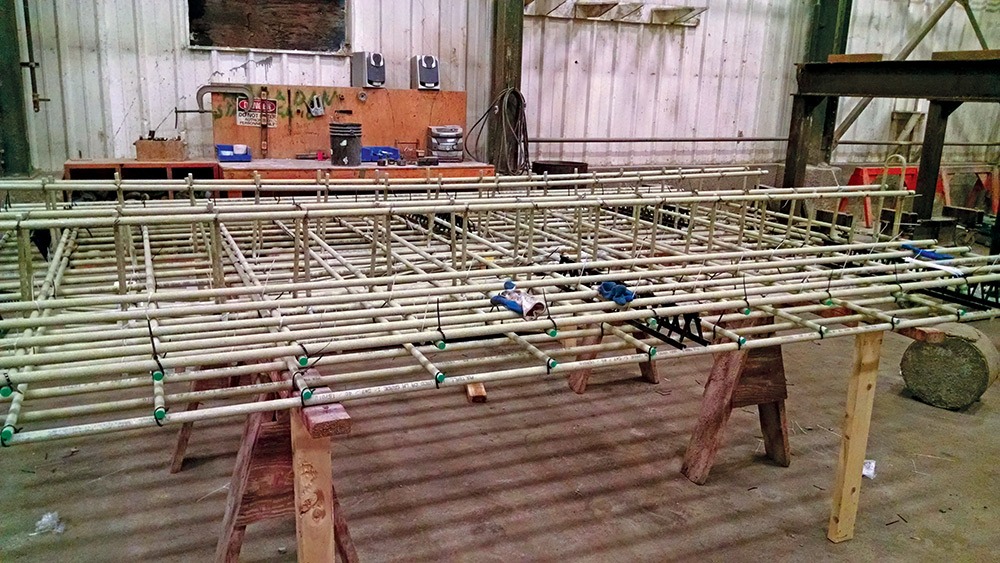In the world of construction, the choice between fiber concrete and traditional rebar reinforcement is crucial. This article explores the differences, advantages, and applications of these two methods to help you make informed decisions for your construction projects.
What Is Fiber Concrete and Rebar?
Fiber concrete, also known as fiber-reinforced concrete (FRC), incorporates tiny fibers (often made of steel, glass, or synthetic materials) into the concrete mix to enhance its structural properties. On the other hand, rebar, short for reinforcing bars, consists of steel bars strategically placed within the concrete to provide additional strength and support.
Fiber Concrete vs Rebar: Key Differences
- Strength and Flexibility: Fiber concrete improves tensile strength and flexural capacity, reducing the risk of cracking, while rebar primarily enhances compressive strength.
- Crack Control: Fiber concrete mitigates shrinkage cracks and distributes loads more evenly, while rebar controls cracks but mainly under tensile forces.
- Installation Ease: Fiber concrete simplifies construction by eliminating the need for complex rebar placement, reducing labor costs.
- Cost Efficiency: Depending on the project, fiber concrete can be more cost-effective due to reduced labor and material expenses.

Applications of Fiber Concrete and Rebar
- Fiber Concrete: Ideal for applications such as flooring, overlays, and decorative concrete, where reducing cracking and enhancing durability are essential.
- Rebar: Mainly used in structural applications like bridges, high-rise buildings, and foundations, where load-bearing capabilities are paramount.
Advantages of Fiber Concrete
- Crack Resistance: Fiber concrete reduces the risk of cracks and minimizes maintenance, making it suitable for areas with heavy foot traffic.
- Versatility: It can be used in a wide range of applications, from residential driveways to commercial flooring.
- Cost Savings: In certain scenarios, fiber concrete can lower project costs due to reduced labor and materials.
Advantages of Rebar
- Strength: Rebar provides unparalleled tensile strength, making it the go-to choice for high-stress structural elements.
- Proven Reliability: It has a long track record of success in large-scale construction projects.
Example: Choosing Reinforcement for a Parking Garage
Imagine designing a multi-story parking garage. For the foundation and structural components requiring exceptional strength, rebar reinforcement would be the preferred choice. However, for the garage’s decorative concrete surfaces, fiber concrete could be used to minimize cracking and enhance the aesthetic appeal.

Conclusion
The choice between fiber concrete and rebar reinforcement depends on the specific needs of your construction project. While fiber concrete offers crack resistance and cost savings, rebar provides unparalleled strength for structural elements. Often, a combination of both methods is employed to optimize performance and cost-effectiveness.
In summary, understanding the differences and advantages of fiber concrete vs. rebar is crucial for successful construction projects. Careful consideration of project requirements will help you make the right choice to ensure the longevity and reliability of your structures.